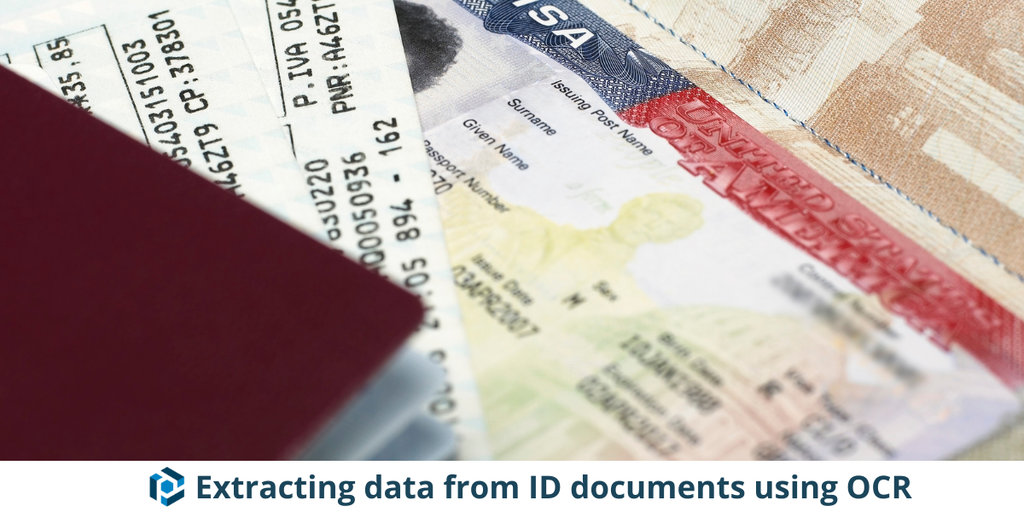Key takeaways
- Identity fraud caused an average of $300,000 in damage to enterprises last year.
- Manual KYC process leads to more errors and low productivity.
- Parseur is the nightmare of manual KYC.
A typical day in a compliance manager's life:
- Did you manually verify KYC documents?
- Did you have to extract information from them one by one and input it into a database?
- Did you receive too many customers' verifications and thus had to skip lunch?
The good news is that you found us, and we will take care of your time-consuming work so that you can take a break during your lunchtime.
Why is the KYC process important?
I know you are already aware of that, but a little bit of knowledge won't hurt anyone, right?
Did you know that the first KYC guidelines were drafted in the 1970s?
After the 9/11 attacks, KYC became a mandatory procedure in every organization to prevent fraud, money laundering practices, and criminal activities.
Identity fraud caused an average of $300,000 in damage to enterprises last year.
You cannot open a bank account or take out a loan without proper verification. KYC documents are also updated regularly to ensure that customers' information is still valid.
What industries must follow KYC requirements?
Every industry that deals with financial transactions must adhere to KYC regulations. Some of them are:
- Banking
- Insurance
- Real estate
- Cryptocurrency
- E-commerce
What documents are required for KYC verification?
There are three types of documents that are accepted as part of the KYC verification process for individuals.
Proof of identity (POI)
- National identity card
- Passport
- Birth certificate
- Driving license
Proof of address (POA)
- Utility bill
- Bank statement
- Tenancy agreement
POA documents should not be more than 3 months old.
Proof of income
- Pay slips
- Income tax return
- Bank statement
For companies, the type of KYC documents will depend on the legal structure of the organization.
- Certificate of incorporation
- Business registration card
- Audited accounts
In addition to that, digital ID verification such as biometrics or digital credentials is also accepted.
The manual KYC process is like finding a needle in a haystack
The traditional KYC procedure is lengthy and time-consuming. Once a customer has provided his KYC documents, the officer has to verify their authenticity. If all the documents are accurate, the officer has to extract the information and input it into the computer system.
KYC documents come in different formats and layouts and, sometimes they are old and blurry documents which make manual data entry difficult.
Did you ever input the wrong information for a customer?
Unfortunately, manual data entry is prone to errors and, when you are dealing with sensitive data, you cannot afford those types of errors.
Customers' data is confidential information
Mishandling customers' data can lead to a breach of confidentiality and security, resulting in a bad reputation for the company.
In 2021, HSBC was fined £63.9 million by the UK's financial regulator because it didn't check the accuracy of its data.
What is KYC automation?
KYC automation refers to the use of automated solutions or technologies to streamline KYC processes and eliminate manual data entry.
The benefits of KYC automation
Embracing automation as a whole has proven to be beneficial to organizations. Automating the KYC process leads to:
- Fewer or zero errors due to data analysis techniques
- Tighter security as AI tools can detect potential fraud
- Increased efficiency as automated tools can process documents within seconds
- Better customer service
What does an automated KYC process look like?
It usually involves the steps below:
- Automatic data capture from KYC documents
- Verification of the documents
- Conducting biometric checks to verify the identity of the person
- Checking database and watchlist
This process will vary from company to company.
What technologies are involved in KYC automation?
- Robotic process automation (RPA): handles repetitive tasks
- Web scrapers: scrape information from the web on customers
- PDF extractors: extract data from documents
- Facial recognition: authentication of applicants
- Optical character recognition (OCR): converts text into machine-readable format
- Machine learning (ML): learn from repeated actions to optimize processes
Meet Parseur: Automating manual KYC process
Parseur is an intelligent document processing tool that automates data capture from KYC documents. Yes, you've guessed correctly! Parseur is used in the initial steps of the KYC process.
Parseur can be categorized into AI OCR, PDF extractor or PDF parser but, what's important is that it's here to save you time and money.
What makes Parseur a good KYC automated solution?
Do you mean, apart from the fact that Parseur has a free plan and there is no code?
The PDF parsing software has the following features:
- It can extract data from both emails and PDF files.
- It can convert emails to Excel and PDFs to Excel
- It can extract data automatically from tables and repetitive blocks.
- It can parse, normalize and geolocate addresses.
But, that's not all! Have a look at our feature page.
Can Parseur integrate with an existing database?
The answer is a resounding yes! Parseur is natively integrated with Zapier, Make and Power Automate whereby you can send the parsed data to any other application.
You just name your favorite application and we'll make the magic happen. After all, we are just robots doing witchcraft.
I'm ready to automate the KYC process. How does it work with Parseur?
Create an account and a KYC mailbox on Parseur and, follow the tutorial. You can also follow the instructions in those articles below:
By automating the KYC process with Parseur, you're not just saving time and resources, but also enabling your team to focus on what truly matters: providing better customer service. And if that's not a win, we don't know what is!
Last updated on






